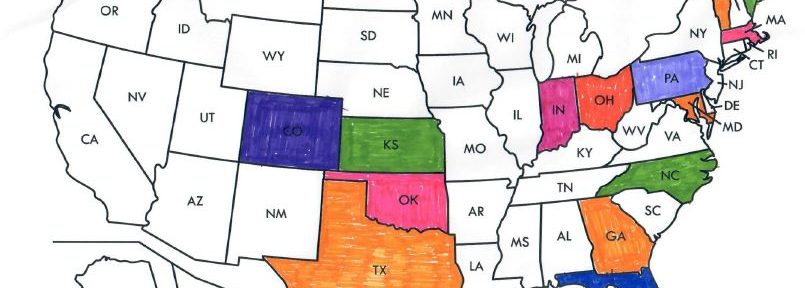Category: Contests
-
Winter Field Day is This Weekend
Winter Field Day is happening this weekend, January 25th and 26th, 2025, and we’re excited to share some new objectives and features this year! Here’s what you need to know: Don’t forget to submit your logs—whether you’ve made 10 QSOs or 100+, every contact counts! Let’s work together to achieve our goal over 300,000 QSOs…
-
Field Day 2024: Fun Despite the Weather
The HCRA and the Franklin County Amateur Radio Club held our joint Field Day in School Street Park, Agawam, MA this past weekend. It was two days of fun, camaraderie, and displays of classic ham ingenuity and perseverance. Check out the gallery to relive the good times, or see what you missed if you weren’t…
-
Field Day with HCRA
In just a few days, we’ll be setting up for our annual Field Day operation in School Street Park, Agawam. The HCRA station will be right behind the bandshell, north of the baseball diamond visible in the aerial image below. Setup starts at 13:00 EDT on Friday, June 21st. Field Day operation officially commences at…
-

HCRA/SOTA Jerks – 630 meter Challenge Results
Last fall HCRA and SOTA Jerks put forth a 630 meter challenge to our members. The idea and rules were simple. Get people interested in operating on the new band and offer a $100 prize for achieving the longest confirmed QSO. Yes, there were other rules but lets keep it simple. We’re all about simple!…
-
630 Meter Contest ends tonight at 6:59 PM (2359Z)!
Who will claim the $100 distance prize? Please submit your entry as follows: Submit your longest confirmed QSO to Jim Mullen via email or USPS by March 15th 2018 Email: kk1w.jim@gmail.com or USPS to 144 Tower Hill Rd, Brimfield, MA 01010 Enclose an SASE for return of any submitted cards No need to submit cards…
-
HCRA Clublog Challenge 2017 – Results
HCRA encourages its members to get on the air. Every year we host a “Clublog challenge” where members can compete with each other to see who can make the most contacts throughout the year. HCRA and its members use the clublog.org service as a way to keep track of contacts. Members just upload their logs…
-
630 Meter Challenge
630 Meter Challenge – Halftime Update: The HCRA/SOTA Jerks 630 meter challenge crosses the halfway point January 1, 2018. So far close to a half dozen members have made QSO’s or SWL reports on our new, medium frequency (MF) band. Here’s a quick overview of their achievements so far along with station descriptions and photos.…
-
VLF Contest Announcement
HCRA & SOTA Jerks VLF Competition As you know the FCC has recently approved amateur radio use on the VLF (Very Low Frequency) bands starting September 15th, 2017. These bands are 135.7 to 135.8 kHZ (2,200 meters) and 472 to 479 kHz (630 meters). More information can be found about the authorization and bands…
